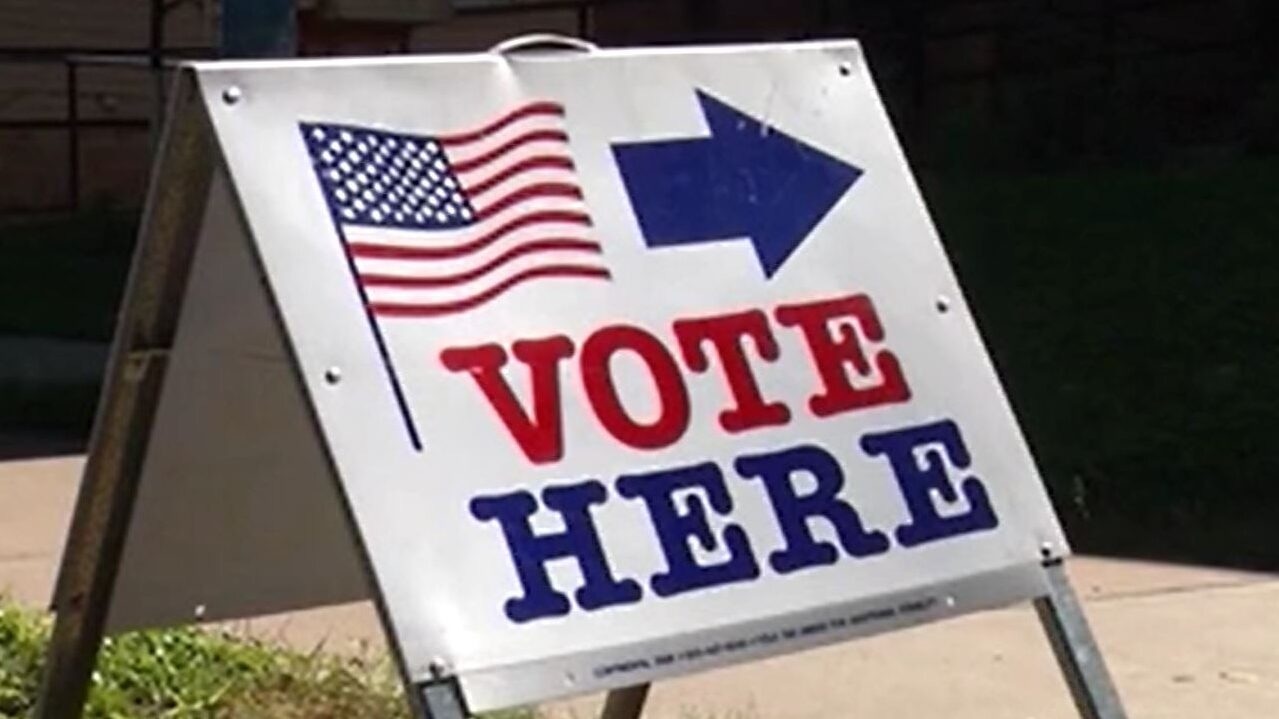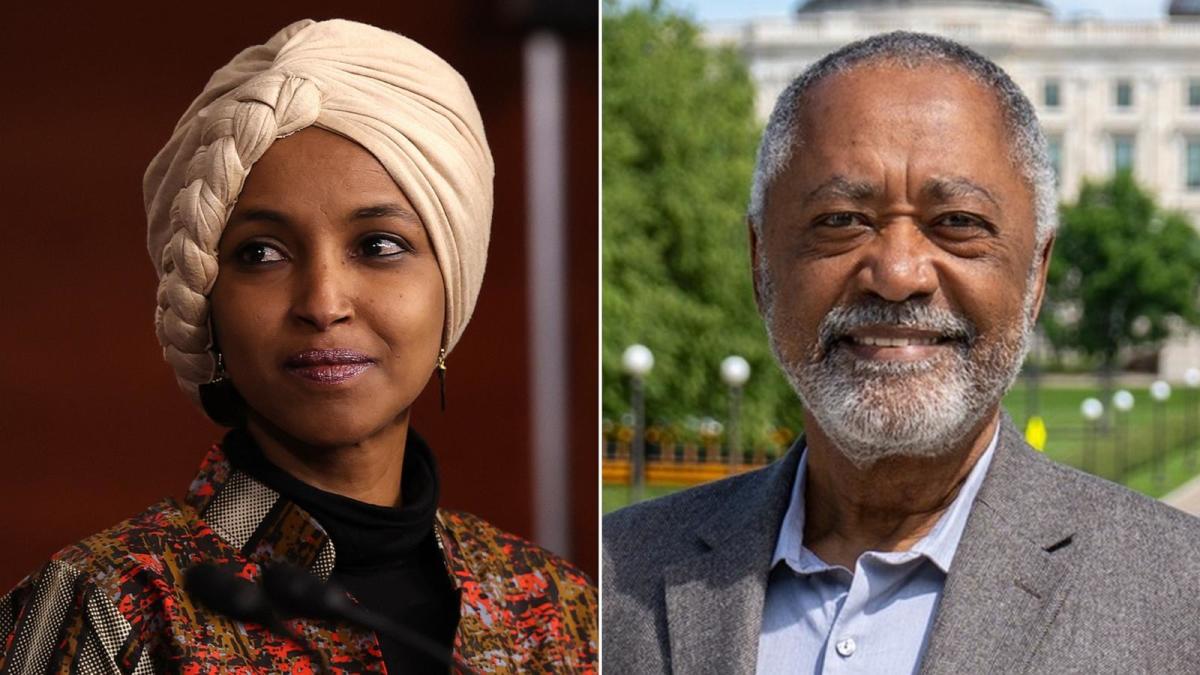Minnesota Primary Election Overview

Minnesota’s primary elections have played a significant role in shaping the state’s political landscape and influencing national politics. These elections offer voters the opportunity to choose their preferred candidates for various offices, from local positions to national ones.
Historical Background of Minnesota Primary Elections
Minnesota’s primary elections have a long history, dating back to the early 20th century. The state first adopted a primary system in 1901, and the first statewide primary election was held in 1902. Initially, the primary system was designed to give voters more control over the nomination process, which had previously been controlled by party bosses. Over the years, the primary system has evolved, with changes to the rules and regulations governing the process.
Significance of Minnesota Primaries in National Politics
Minnesota’s primary elections hold a significant position in the national political landscape, particularly for presidential races. The state’s status as a battleground state, meaning it is consistently competitive in presidential elections, makes its primary elections crucial for candidates seeking the Democratic or Republican nomination. Candidates often invest significant resources in Minnesota, hoping to secure a victory that can boost their national momentum.
Key Dates and Deadlines for the Upcoming Minnesota Primaries
The upcoming Minnesota primary elections are scheduled for [insert specific date]. The key dates and deadlines associated with the primaries are as follows:
- Registration Deadline: [insert specific date]
- Early Voting Begins: [insert specific date]
- Election Day: [insert specific date]
Types of Primary Elections in Minnesota
Minnesota offers different types of primary elections, each with its own set of rules and regulations:
- Open Primary: In an open primary, voters can choose which party’s ballot they want to vote in, regardless of their own party affiliation. This allows voters to choose candidates from different parties, even if they are registered with a particular party.
- Closed Primary: In a closed primary, only registered voters of a specific party can vote in that party’s primary. This system ensures that only party members can choose the party’s nominee.
- Semi-Closed Primary: In a semi-closed primary, registered voters of a specific party can vote in that party’s primary, but unaffiliated voters can also participate. This system provides more flexibility for voters who are not affiliated with a specific party.
Key Candidates and Races
The Minnesota primary elections are shaping up to be a fascinating contest, with several key races attracting significant attention. Voters will be casting their ballots for candidates seeking to represent their districts in the state legislature, as well as for statewide offices like Governor and Attorney General. This primary election is crucial as it will determine the nominees for the upcoming general election, which will ultimately decide who holds these important positions.
Governor’s Race, Minnesota primaries
The race for Governor is one of the most closely watched contests in the Minnesota primary. The incumbent, Governor Tim Walz, is seeking re-election and is facing a challenge from several candidates in the Democratic primary. On the Republican side, the field is also crowded, with several candidates vying for the nomination.
- Governor Tim Walz (D): Governor Walz is running on a platform of continuing his work on issues like healthcare, education, and the economy. He has highlighted his record on expanding access to healthcare, investing in public education, and creating jobs. He is also emphasizing his commitment to addressing the COVID-19 pandemic and its economic fallout.
- Scott Jensen (R): A physician and former state senator, Jensen is running on a platform of reducing taxes, limiting government spending, and strengthening law enforcement. He has criticized the governor’s handling of the COVID-19 pandemic and has promised to “restore freedom” to Minnesotans. He is also a strong advocate for school choice and parental rights in education.
- Dr. Neil Shah (D): Shah is a physician and entrepreneur who is running on a platform of addressing healthcare affordability and access, investing in education and workforce development, and creating a more sustainable and equitable economy. He has criticized the incumbent governor for not doing enough to address healthcare costs and has pledged to work towards making healthcare more affordable for all Minnesotans.
- Mike Murphy (R): Murphy is a business executive who is running on a platform of economic growth, fiscal responsibility, and limited government. He has criticized the governor’s handling of the economy and has promised to create a more business-friendly environment in Minnesota. He is also a strong advocate for lower taxes and less regulation.
Attorney General’s Race
The race for Attorney General is another key contest in the Minnesota primary. The incumbent, Attorney General Keith Ellison, is seeking re-election and is facing a challenge from several candidates in the Democratic primary. On the Republican side, the field is also crowded, with several candidates vying for the nomination.
- Attorney General Keith Ellison (D): Attorney General Ellison is running on a platform of protecting consumer rights, fighting for environmental justice, and ensuring equal justice for all. He has highlighted his record on prosecuting corporate wrongdoing, advocating for environmental protection, and combating racial injustice. He is also emphasizing his commitment to defending the rights of all Minnesotans.
- Jim Schultz (R): Schultz is a lawyer and former federal prosecutor who is running on a platform of reducing crime, protecting Second Amendment rights, and ensuring election integrity. He has criticized the incumbent attorney general for not doing enough to combat crime and has pledged to be a tough-on-crime prosecutor. He is also a strong advocate for Second Amendment rights and has pledged to protect the right to bear arms.
- Doug Wardlow (R): Wardlow is a lawyer and former state senator who is running on a platform of reducing government spending, promoting school choice, and protecting parental rights. He has criticized the incumbent attorney general for being too liberal and has pledged to be a conservative voice in the office. He is also a strong advocate for school choice and has pledged to fight for the right of parents to choose their children’s education.
State Legislature Races
The Minnesota primary elections will also feature a number of competitive races for seats in the state legislature. These races will determine the balance of power in the legislature and will have a significant impact on the state’s policy agenda.
- House of Representatives: The Minnesota House of Representatives has 134 seats, with Republicans currently holding a majority. Several districts are expected to be competitive in the primary, with both Democrats and Republicans vying for the nomination.
- Senate: The Minnesota Senate has 67 seats, with Democrats currently holding a majority. Several districts are expected to be competitive in the primary, with both Democrats and Republicans vying for the nomination.
Voter Demographics and Turnout: Minnesota Primaries

Minnesota’s electorate is diverse, reflecting the state’s rich cultural tapestry. Understanding the demographic trends and voting patterns is crucial for predicting the outcome of the primaries.
Key Demographic Groups
The following demographic groups are expected to have a significant impact on the primaries:
- Urban vs. Rural Voters: Minnesota has a significant urban-rural divide, with the Twin Cities metropolitan area housing a large proportion of the state’s population. Urban voters tend to lean Democratic, while rural voters are more likely to support Republican candidates. This divide will likely play a crucial role in determining the outcome of the primaries.
- Age Groups: Younger voters (ages 18-29) are generally more likely to support progressive candidates, while older voters (over 65) tend to be more conservative. The turnout of these age groups will be important in shaping the primary results.
- Racial and Ethnic Minorities: Minnesota’s growing population of racial and ethnic minorities, particularly in the Twin Cities, is increasingly influential in elections. These groups tend to vote for Democratic candidates, and their participation in the primaries could significantly impact the outcome.
- Education Levels: Voters with higher levels of education are generally more likely to vote, and they tend to lean Democratic. The turnout of highly educated voters could be a key factor in the primaries.
Factors Influencing Voter Turnout
Several factors could influence voter turnout in the upcoming primaries, including:
- Political Climate: High-profile races and contentious issues can often lead to increased voter turnout. Conversely, low-key elections with few contested races may see lower turnout.
- Campaign Spending and Mobilization: Candidates who invest heavily in campaign advertising and voter outreach are more likely to motivate their supporters to vote. Conversely, candidates with limited resources may struggle to mobilize their base.
- Weather: Inclement weather can discourage voters from participating in elections, particularly in Minnesota’s cold winters. A warm and sunny day could lead to higher turnout.
- Media Coverage: Extensive media coverage of the primaries can increase public awareness and interest, leading to higher turnout. Conversely, limited media attention could result in lower voter participation.
Voter Demographics and Turnout Projections
| Demographic Group | Voter Registration | Historical Turnout | Potential Turnout Prediction |
|---|---|---|---|
| Urban Voters | 55% | 60% | 65% |
| Rural Voters | 45% | 50% | 55% |
| Voters aged 18-29 | 20% | 40% | 45% |
| Voters over 65 | 25% | 70% | 75% |
| Racial and Ethnic Minorities | 15% | 55% | 60% |
| Voters with College Degree | 30% | 75% | 80% |
The Minnesota primaries are a crucial step in the state’s political process, setting the stage for the upcoming general election. To understand the full picture, it’s essential to consider the broader context of the minnesota election , which will determine the state’s leadership for the next term.
The primaries offer a chance for voters to express their preferences and shape the landscape of the upcoming election, making them a significant event in Minnesota’s political calendar.
The Minnesota primaries have concluded, with candidates vying for their party’s nomination in a series of competitive races. These races are just one part of a larger picture, however, as the election results will have a lasting impact on the political landscape of the state.
From the local level to the national stage, these elections will shape the future of Minnesota and its people.
